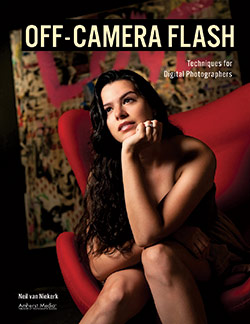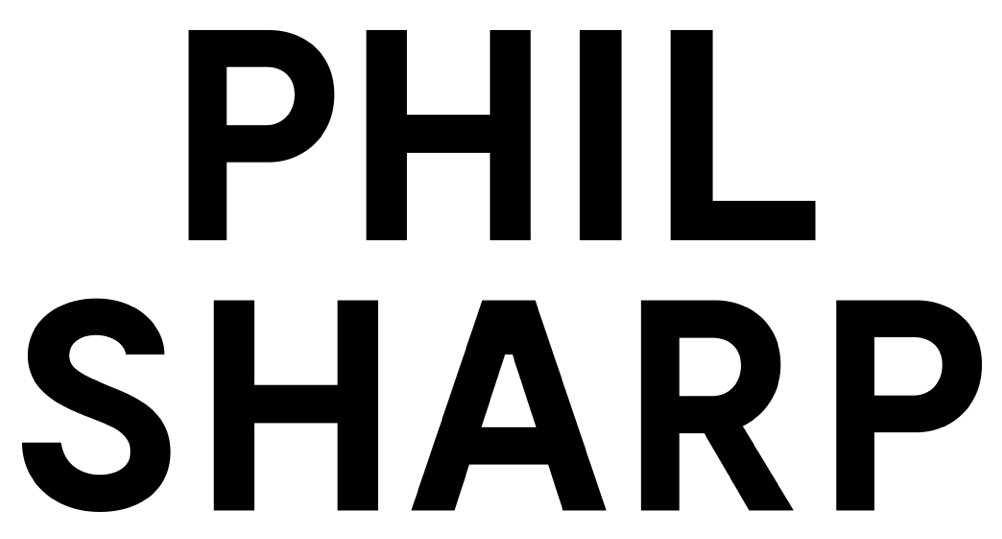Are you using speedlights or studio strobes? David Hobby AKA Strobist is now not being updated due to him taking on projects but the resource is still there:

strobist.blogspot.com
He is a speedlight user but light is light and the only difference is that studio strobes are more powerful and can light a bigger area. For headshots 2 or 3 flashguns will be fine.
Gavin Hoey has done a lot on Adorama TV on youTube too.
To start with I'd do it indoors where you can control the lighting and won't get mixed lighting giving you WB nightmares. If you want consistent results don't use TTL. Fully manual and NO auto ISO. Use your base ISO. Set the key light first by using trial and error or quicker use a flash meter. Then turn that light off and set the fill light Common flash ratio is 2:1 but you can do as you like. For headshots I'd advoid dramaic lighting. If there is poor seperation between the subject and background the 3rd light can either point to the BG from behind the subject or point toward the subject back pf the head for rim light. The exposure you end up with will wprk while the lights are the same distance from the subject. a new set up will need another round of key light/fill light/BG light. To measure the power of the light hold the flash meter close to the subject and pointing towards the light you are setting. only do one light at a time. When all the lights are set do one more meter from the sublect to the camera position. This will likely be about + 0.5 of a stop and this is the aperture you set. Keep the shutter speed a bit below the max sync speed I use 1/160 to 1/200
If you want soft light use big double diffused sofboxes as close as possible to your subject and use low power. If you want hard light try no softboxes and the lights further away.
I could go on but this is a big subject in itself.
These are not headshots but show different lighting:
You can only see EXIF info for this image if you are logged in.
You can only see EXIF info for this image if you are logged in.
You can only see EXIF info for this image if you are logged in.
You can only see EXIF info for this image if you are logged in.





